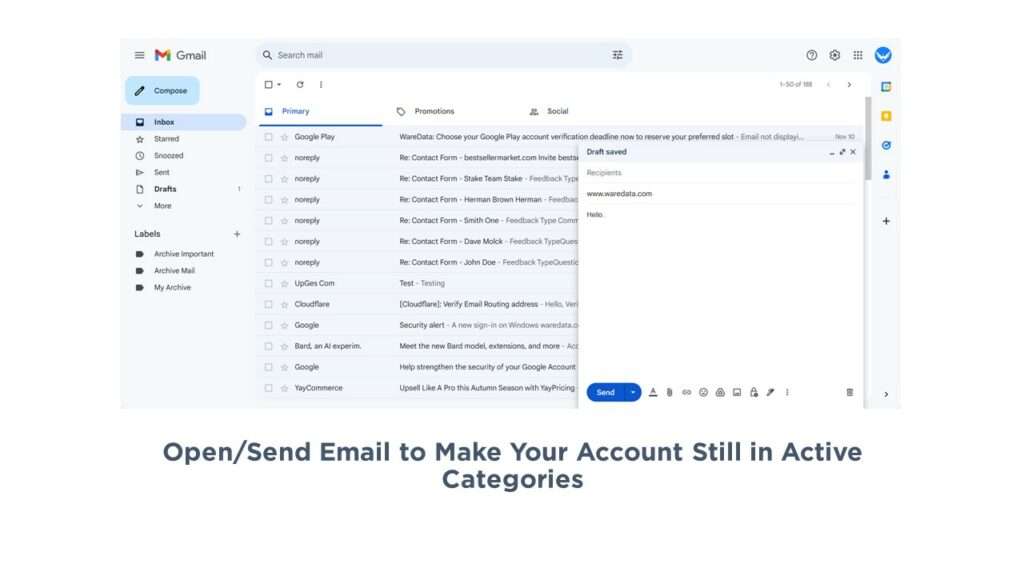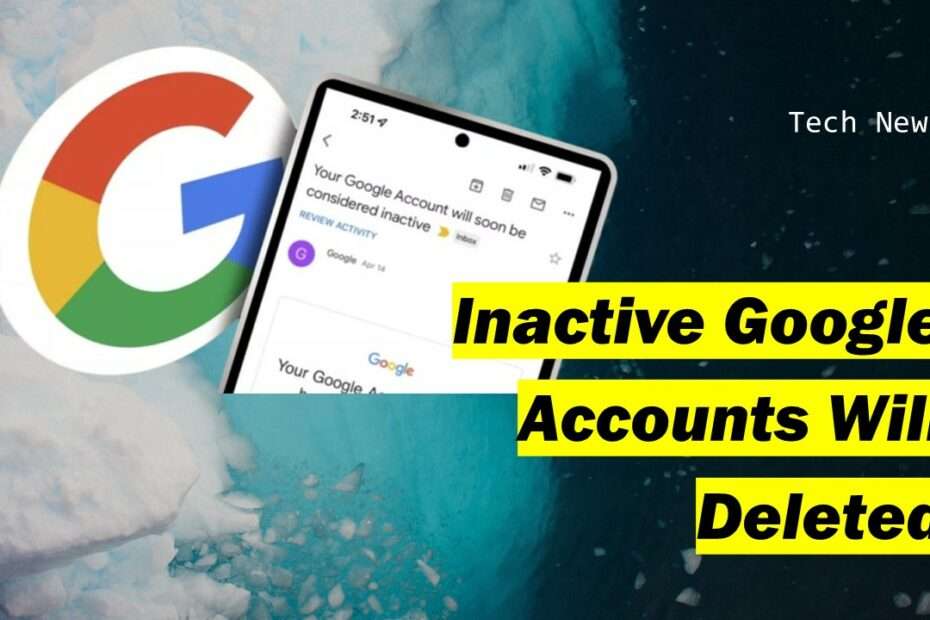Earlier this year, Google unveiled a new policy aimed at bolstering security by targeting “inactive” accounts. This policy specifically targets dormant and unused accounts, designating them for deletion as part of Google’s ongoing efforts to enhance overall account security. The enforcement of this policy is scheduled to begin on December 1, 2023, marking a proactive step by the tech giant to streamline and secure its user base.
Google has recently issued initial warnings targeting inactive accounts, specifically those left untouched for a minimum of two years. In just three weeks, the updated Inactive Google Account Policy is set to take effect, leading to the mass deletion of millions of Google accounts. The implications of this policy change suggest that all data housed within these inactive accounts will be permanently removed.
This move by Google reflects a proactive approach to account management, ensuring that only actively used accounts contribute to the platform’s ecosystem. Users are urged to take necessary actions to preserve their data or reactivate their accounts before the impending deadline to avoid the risk of losing their stored information permanently.

Under the updated policy, an inactive Google account is now explicitly defined as one that has remained untouched for a span of two years. Google has provided a clear definition of “activity” in this context, encompassing actions such as being signed in while engaging in various activities such as reading or sending emails, using Google Drive, watching YouTube videos, sharing photos, or downloading apps. This refined definition establishes a comprehensive understanding of what constitutes an actively used account and sets the criteria for accounts subject to the revised Inactive Google Account Policy.
To ensure compliance with the updated policy, users are encouraged to engage in any of the specified activities within the two-year timeframe to avoid the risk of their accounts falling into the category of inactivity. This clarification by Google aims to provide users with a transparent understanding of the expectations regarding account usage and helps individuals take necessary actions to maintain the active status of their Google accounts.
Furthermore, Google specifies that each of the multiple Google accounts owned by a user must individually demonstrate activity within the two-year timeframe to avoid the risk of universal digital deletion. This nuance underscores the importance of ensuring that each Google account associated with a user remains active, as inactivity on one account won’t be offset by activity on another. This detailed clarification aims to guide users in effectively managing and maintaining the activity levels of all their Google accounts to prevent unintended data loss and account deletion.
Google’s revised policy exclusively applies to personal accounts and does not extend to those affiliated with work, school, or other organizational entities. The distinction underscores that the criteria for account activity and potential deletion specifically pertain to individual users rather than institutional or professional accounts. This ensures that users utilizing Google services for personal purposes are well-informed about the policy changes and can take necessary actions to maintain the activity levels of their accounts.
According to Google’s communication, the contents and data of an inactive account “may be deleted“, emphasizing the potential consequences for users who don’t address the inactivity issue. To provide ample warning and opportunities for users to react, Google has committed to sending multiple notifications to the inactive account and any linked recovery email address. This proactive communication strategy aims to keep users informed about the impending deletion and encourages them to either reactivate their accounts or take necessary measures to preserve their data before any deletion occurs.
Google’s decision to remove inactive accounts is primarily motivated by the recognition that such accounts are often abandoned, forgotten, or left unattended, rendering them susceptible to compromise. The company is taking a proactive stance in addressing the security risks associated with inactive accounts, acknowledging that these accounts can become a potential threat when left neglected. Google’s VP emphasizes the vulnerability of inactive accounts to exploitation, citing the risk of malicious activities such as identity theft and spamming. By identifying and removing inactive accounts, Google aims to mitigate the security risks and protect users from potential harm arising from compromised accounts.
Google’s notifications play a crucial role in urging users with inactive accounts to take measures to safeguard their private information and prevent unauthorized access, even if they have ceased using Google’s services. The notifications serve as a reminder that Google accounts are often used for federated access on third-party websites. This implies that losing access to a Google account due to inactivity could eventually hinder users from accessing external sites linked to their Google credentials. By proactively notifying users, Google aims to empower them to either reactivate their accounts or take necessary precautions to ensure the security of their information across various online platforms.
It’s important to highlight an exemption to the account purge: any account used to post one or more videos on YouTube will be spared, regardless of the duration of inactivity. This exception recognizes the unique nature of YouTube accounts, providing assurance to users who may primarily use their Google accounts for content creation on the video-sharing platform. This exemption serves as a practical consideration in the account deletion policy, ensuring that users maintaining an active presence on YouTube are not adversely affected by the broader initiative to remove inactive accounts.
Maybe you liked other articles?

